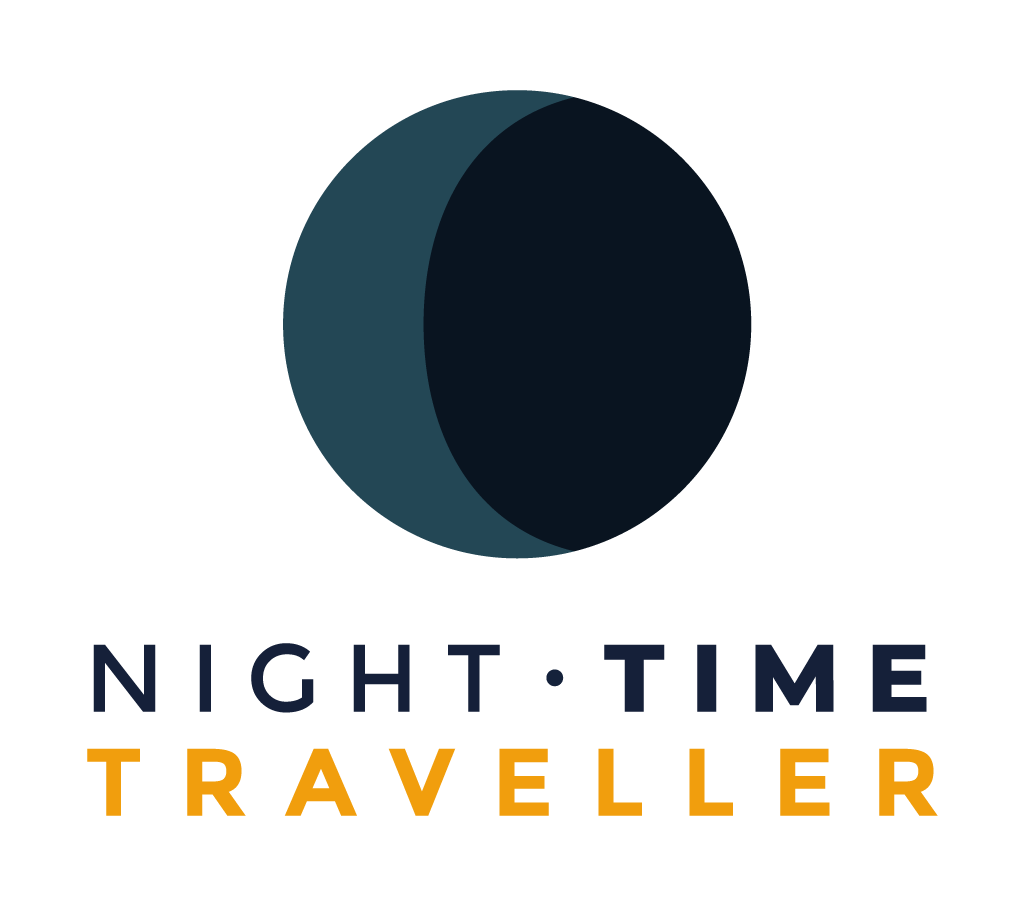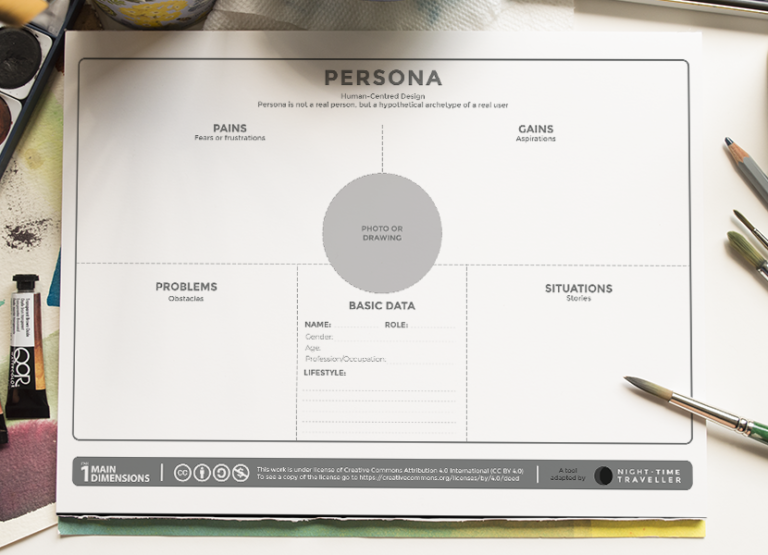
persona
This tool helps stakeholders to understand users’ obstacles, needs and feelings. Persona also helps to design human-centred urban projects.

Format A3

1 hour
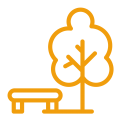
Park or square projects

Why to use this tool?
Persona helps stakeholders to understand the users of the project. When we talk about human-centred lighting design we have to be aware how light influences people’s mood, the path they choose when they navigate the city and how do they locate themselves in the space.
The persona tool helps visualizing users’ obstacles, fears, frustrations, aspirations and situations when they explore public spaces at night.
HOW to use THIS TOOL?

Step 1
Download this PDF and print it on an A3. You can also take the image as a canvas and use an online collaborative whiteboard such as miro.
Find more about miro here

Step 2
Make everyone comfortable sharing their ideas before to start. An ice-breaker is always a good idea to integrate all the team (10 min)
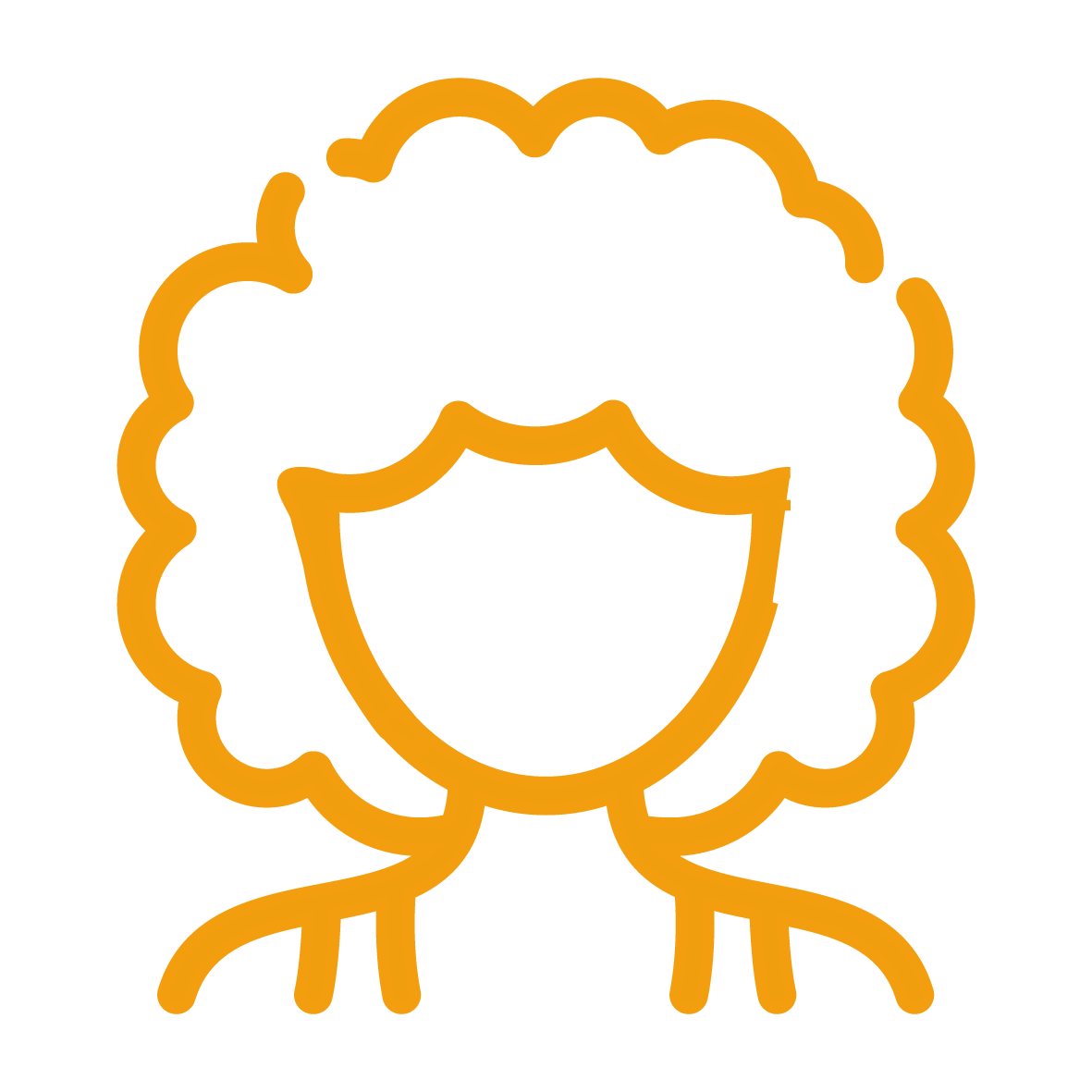
Step 3
Discuss about who your user is. Be as specific as possible -gender, age, role-. Give your user a name and describe her/his lifestyle (10 min)
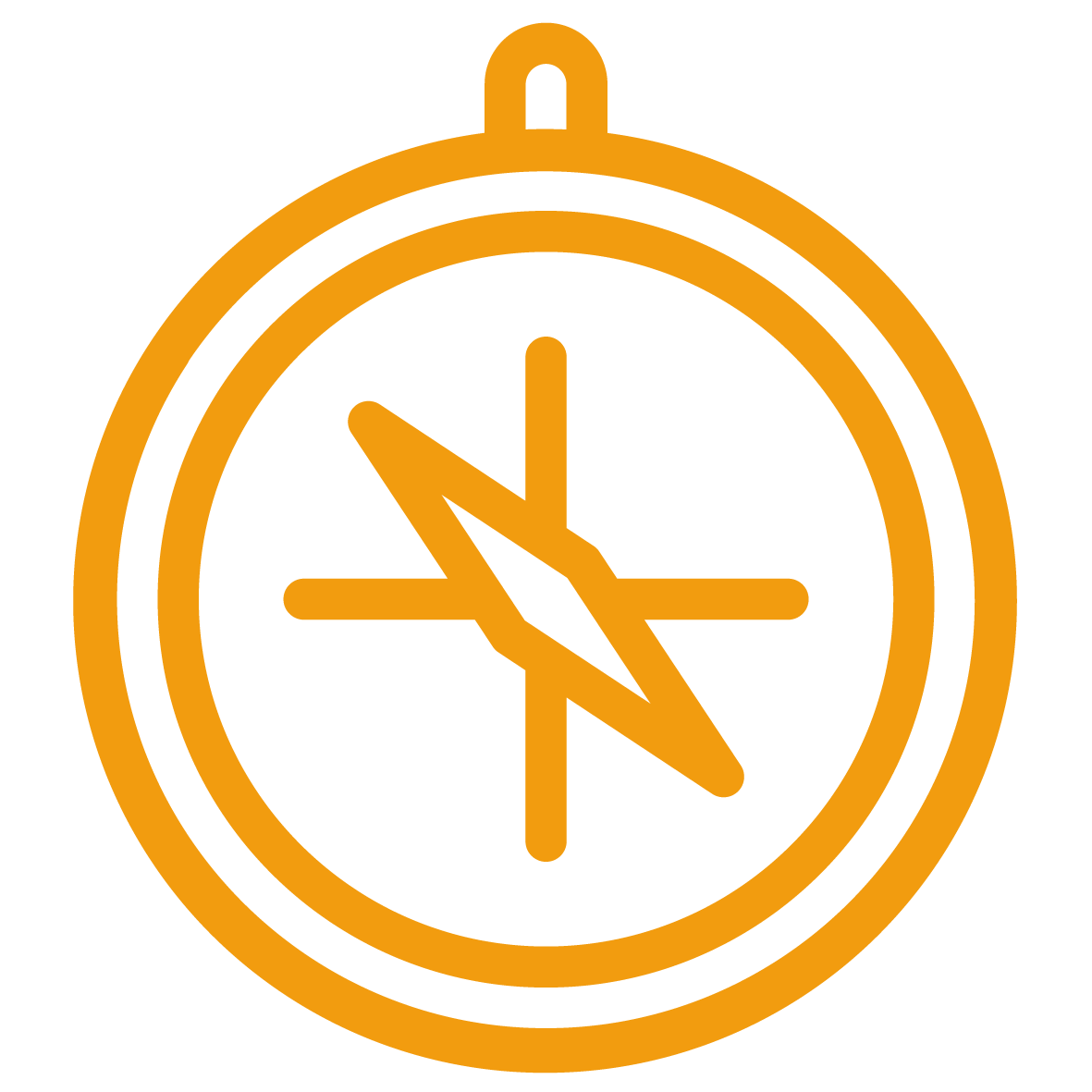
Step 4
Discuss each one of the dimenssions in the canvas. What are your user' obstacles when explores the park/square at night? What are her/his frustrations? What are her/his aspirations? Put yourself in your user position and discuss about situations she/he could face when explores the public space at night (30 min)
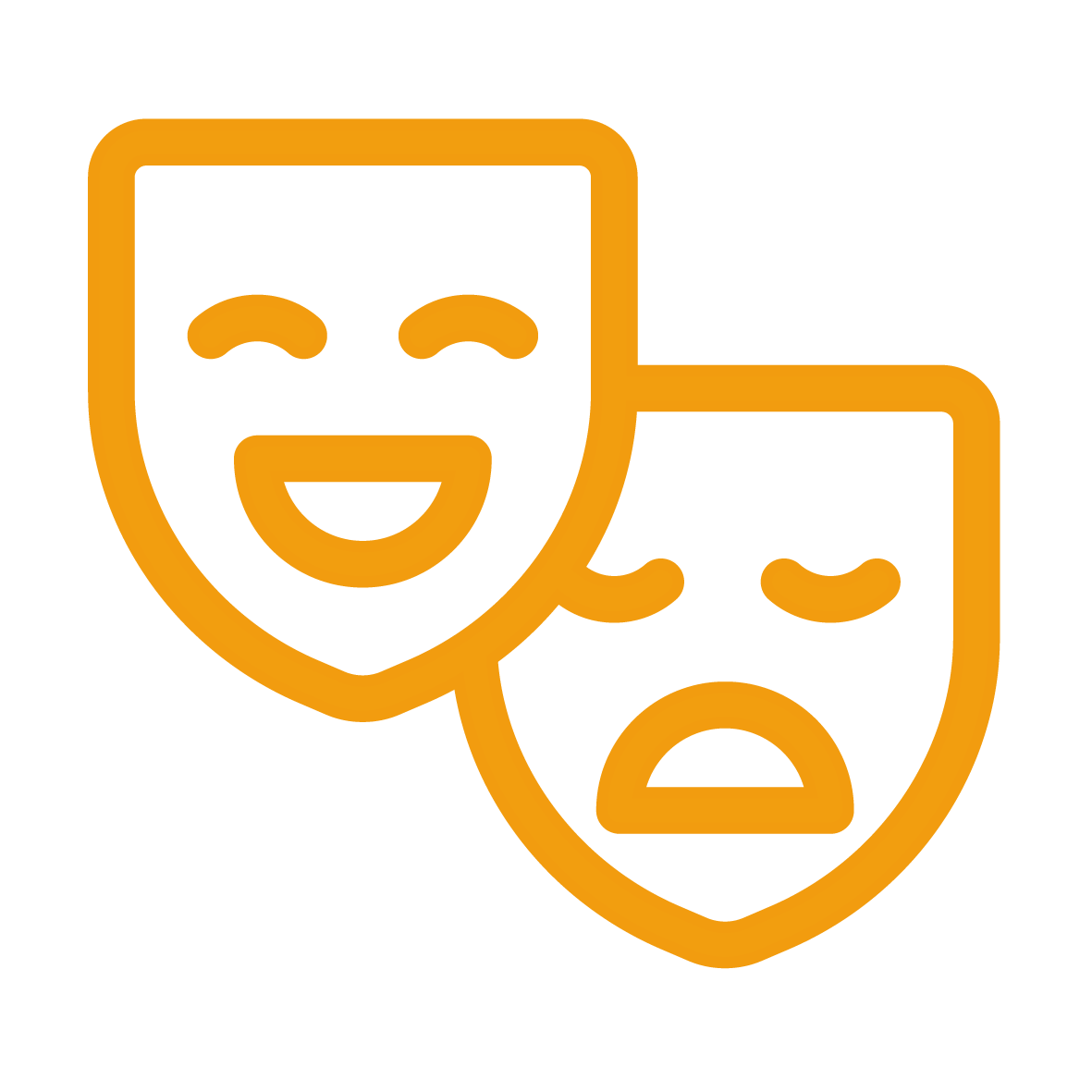
Step 5
Inquire if some emotion is missing. Use words to describe feelings and highlight all the emotions that the urban night arouse in your user (10 min)

*Tip
If you are working with different groups in parallel, make sure each team works on a different user -a child, a woman, an elderly, a local merchant, etc- the more variety, the better.
Where to find more information about this topic?
A lot has been discussed about human-centred or human-centric lighting design. But all speakers agree with urban environments have to be built around citizens’ needs.
Both natural and artificial light influence our mood and our circadian rhythm. Which means that the environment influence our performance and at the end our well-being. That is for is so relevant to design the urban night-time in a conscious way.
